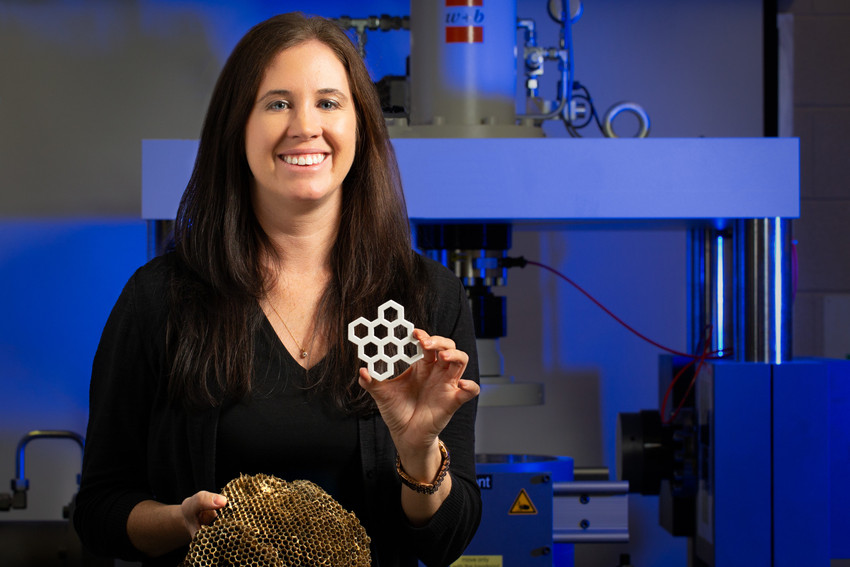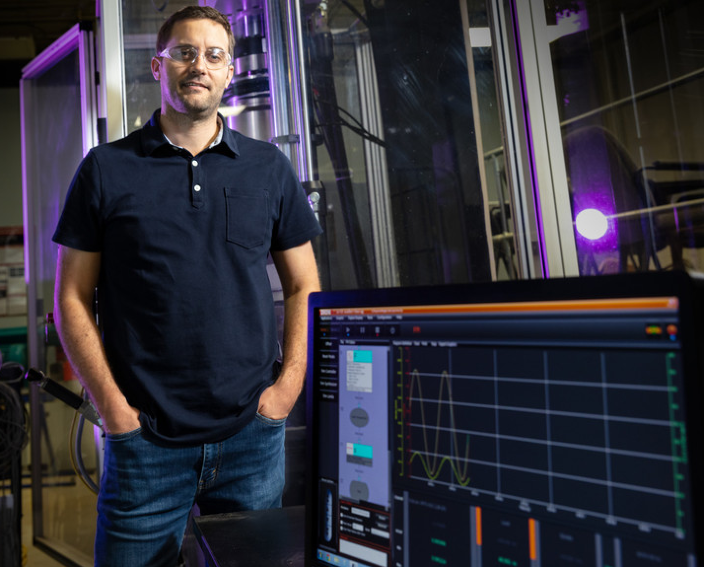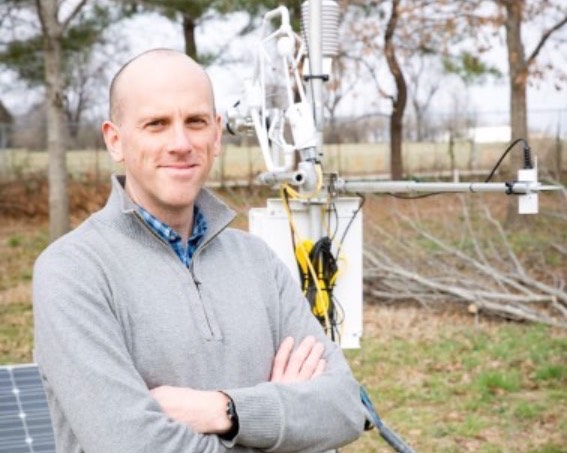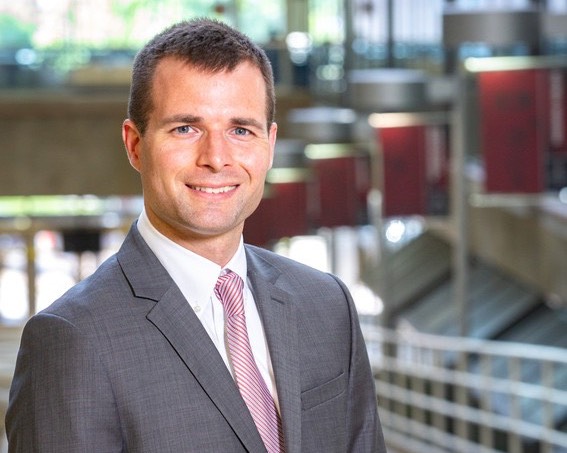2018 NSF CAREER AWARDEES (MarTREC FACULTY)

Michelle Bernhardt-Barry, assistant professor of civil engineering, for her research to expand and improve the use of soil as a building material through fundamental transdisciplinary research and the application of innovative technologies. Her research is aimed at expanding the use of soil as a building material, which would help improve construction projects in remote places.
Bernhardt–Barry has served as PI/Co-PI on MarTREC projects; Rapid and Non-Destructive Assessment of Levees for Strength and Liquefaction Resistance, Predicting Soil Type from Non-destructive Geophysical Data using Bayesian Statistical Methods, and Using CSA Cement for Novel Waterway Repair Materials.

Gary Prinz, assistant professor of civil engineering, for his research into optimizing 3D-printed metal for use in structures. His research is aimed at understanding how 3D-printed metals behave in high-impact events like earthquakes or explosions.
Prinz has served as PI on two MarTREC projects; Corrosion-Tolerant Pre-Stressed CFRP Fatigue Retrofits for Improved Waterway Lock Reliability and Fatigue Crack Control in Waterway Lock Gate Pintle Locations Subjected to Multi-Modal Fracture.

Benjamin Runkle, assistant professor of biological and agricultural engineering, for his research into sustainable irrigation practices for rice production. His goal is to help growers use less water and produce less methane without sacrificing rice yields.
Runkle is a Co-PI on a new MarTREC project; Informing Post-Disaster Restoration through Modeling Interdependent Agriculture and Transportation Networks.

Kelly Sullivan, assistant professor of industrial engineering, for his research into survivable, maintainable and adaptable sensor networks. His research centers on making sensor networks more reliable.
Sullivan has been a PI or Co-PI on MarTREC projects; Efficient Dredging Strategies for Improving Transportation Infrastructure Resilience and Informing Post-Disaster Restoration through Modeling Interdependent Agriculture and Transportation Networks.
